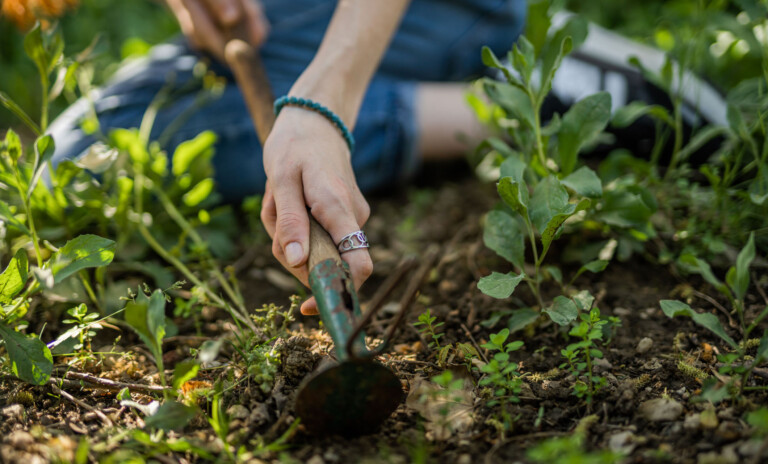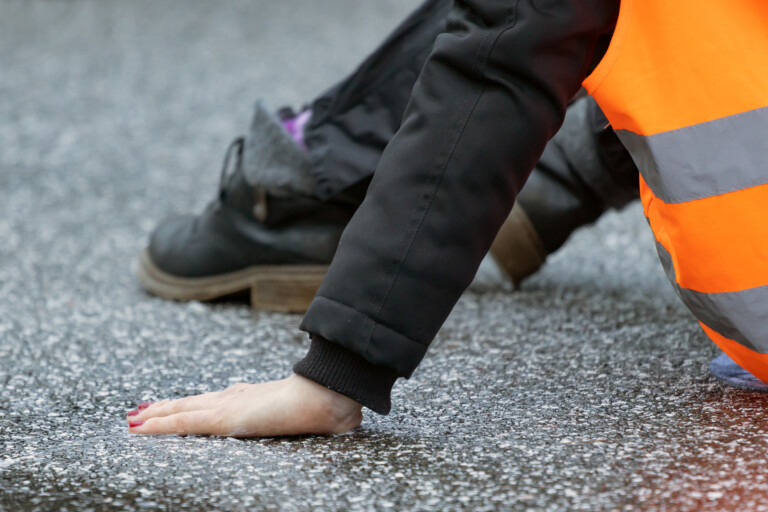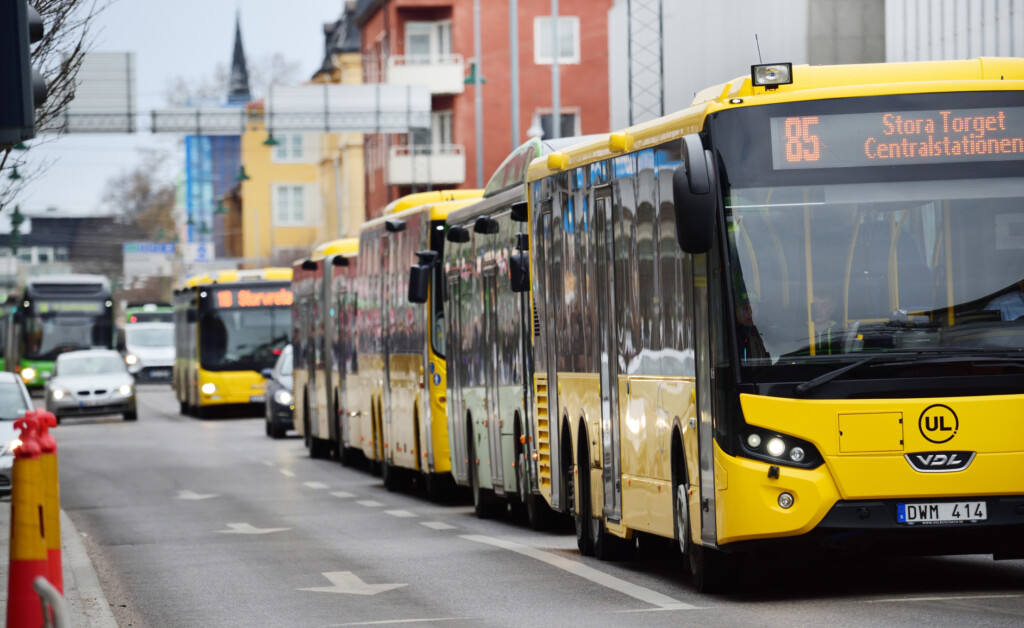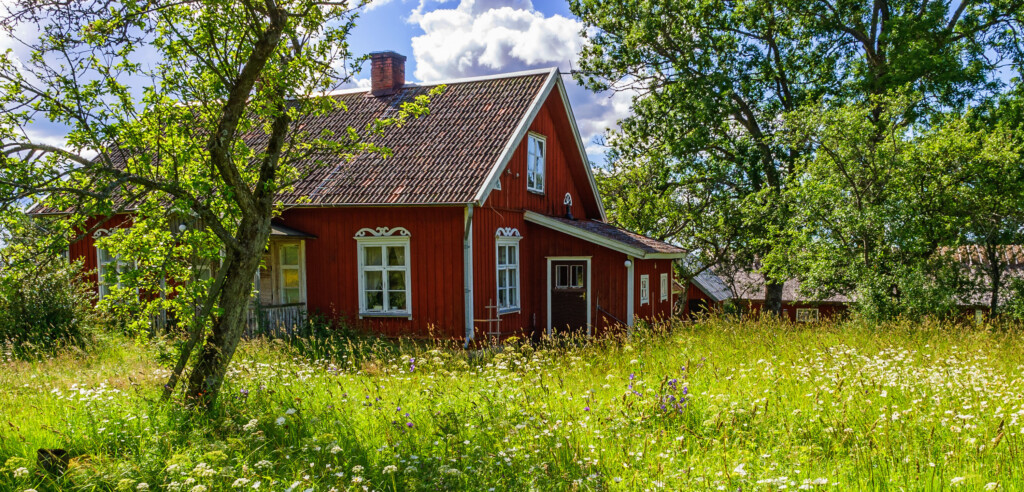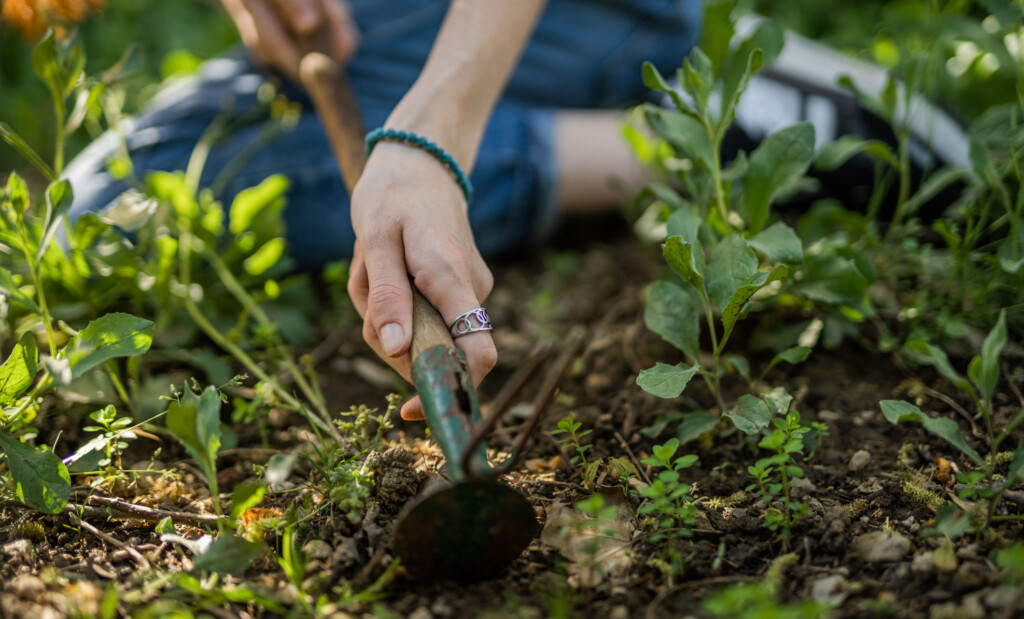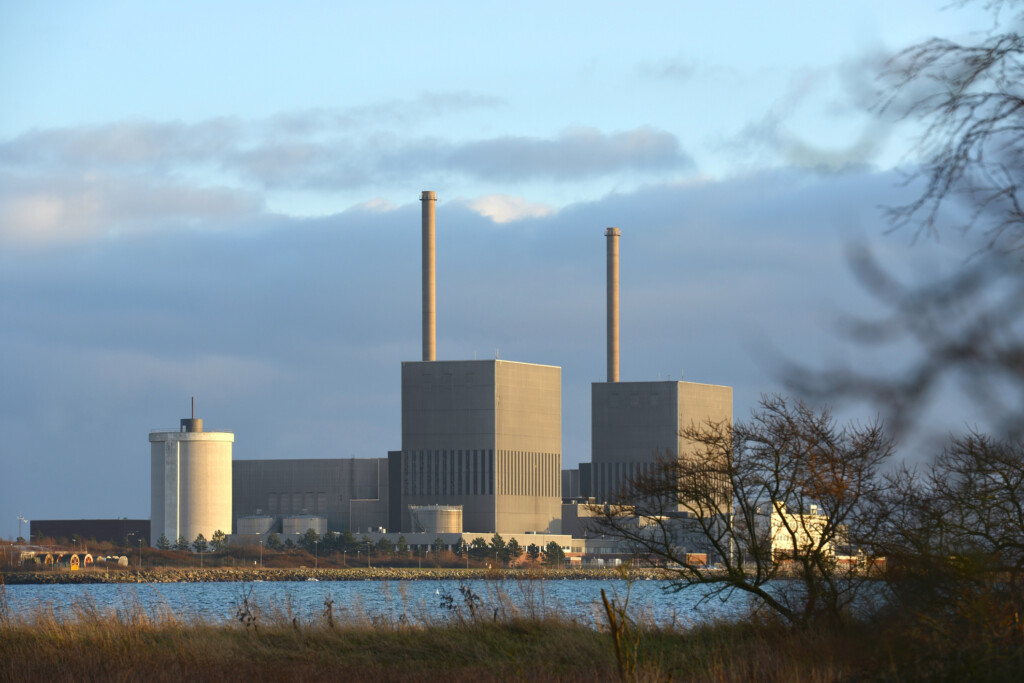Chemicals
Holiday home – asset or burden?
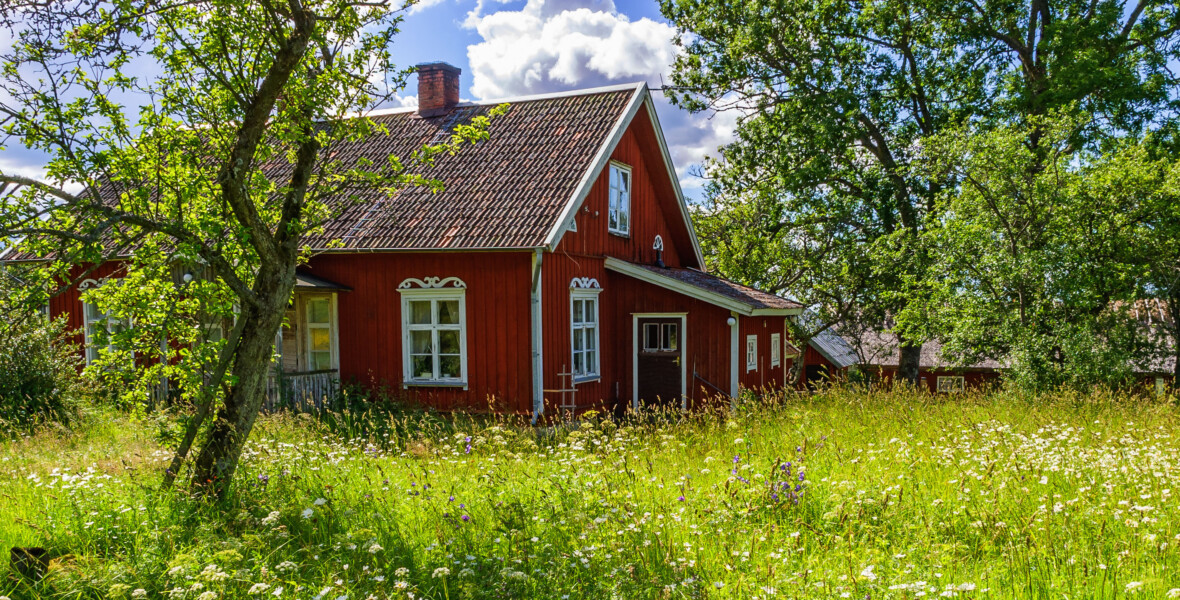
In the densely populated UK, at times the merits or lack thereof of holiday homes have become the subject of a heated debate on sustainability and the fair distribution of resources. Here in Sweden, the conditions are different and the research is essentially unanimous: holiday homes are often more of an asset than a burden for local communities.
Prenumerera på Extrakts nyhetsbrev!
Läs mer
Håll dig uppdaterad! Få kunskapen, idéerna och de nya lösningarna för ett hållbart samhälle.
Personal data is stored only for the mailing of Extrakt newsletters and information related to Extrakt’s operations. You can cancel the newsletter at any time, which means you will no longer receive any emails from us
Is it reasonable or even justifiable for so many houses to be empty for most of the year? In the UK, where having two residents is thought to be one reason behind the country’s housing crisis, many answer that question with a resounding no.
According to one 2022 research report, England’s entire carbon budget, based on a 1.5 degree target, would be used up if the government followed through on its promise to build 300,000 homes per year. It is not sustainable to build as many new homes as the politicians have promised, say the researchers, who highlight other solutions, such as more efficient use of existing homes.
In some areas, local authorities have tried to find such a solution, but these efforts were met by protests. For example, Gwynedd, Wales has investigated whether limiting use cases for homes could impact the balance between holiday homes and year-round residences. But property owners and the local tourism industry alike have been critical of the proposal, expressing concern about a negative impact on home prices and their ability to continue renting out holiday homes.
The climate impact of cottage owners
In Sweden, where holiday homes and jobs are rarely found in the same place, the situation is different. But even in Finland, which has a similar summer cottage culture to Sweden, the very existence of holiday cottages has also come into question.

The Finnish Environment Institute recently calculated, for the first time, the climate impact of holiday cottages. Finland has one of the world’s highest number of cottages per capita, and according to the Finnish Environment Institute, each summer cottage accounts for approximately 7.5 per cent of the Finn’s average carbon dioxide emissions.
“Finland has conducted plenty of studies on holiday cottages and their environmental impact, including when it comes to water and sewage. Another important perspective is travel to and from these homes. In Sweden, most holiday homes are situated within 70 km of their owner’s permanent residence – in other words, very short distances away. Compare that to flying to other parts of the world, and the holiday home is a fairly sustainable form of tourism,” says Roger Marjavaara at Umeå University.
Blessing or curse
Roger is an associate professor of tourism geography, specialised in tourism, and he has researched the driving forces behind tourism and its impact on society. Here in Sweden, the discussion and research on holiday homes has not primarily been about environmental impact and resource consumption, but rather the recurring question of whether holiday homes and tourism are a blessing or a curse for rural areas and their local populations.
“In Sweden, there are major differences between areas near large cities and, for example, northern Sweden. Sometimes we talk about how some people just love their home region; they keep houses in their old hometowns because they like it so much there, even though it’s far away and how this undermines these community. They hang on to properties that other people could otherwise live in,” says Roger.
However, he does not believe this depiction is accurate. In today’s real estate market, it may be a bit too inexpensive to keep houses that are not worth much, but he finds it naive to think that a family with children would have otherwise moved in and contributed taxes to a thriving town.
“That isn’t usually the alternative and if the house hadn’t been used as a summer home, it might have been completely empty. I recently went through Bergslagen and just 30-40 minutes from Örebro, you see houses that are in disrepair. In that case, it might make sense for someone from Stockholm to take over and maintain the house. That’s very different from the UK, where so many people are in a small area. In Sweden, we’ve had an exodus of people from the countryside. There are endless houses at really low prices, depending on how far from a city you go,” says Roger.
Can a holiday home be part of a sustainable lifestyle?
“Well, it depends on what you’re comparing it to. A flat in the city and a cottage an hour and a half away where you can have a garden – that’s the best of both worlds. If you’ve invested SEK 2 million in a holiday home, you might have less wiggle room for consuming other things. In general, the problem is that many people who have multiple homes have too much money. People who can afford a holiday home near a city might also still travel abroad, and their holiday home might also be in an area where someone could have moved to permanently.”

